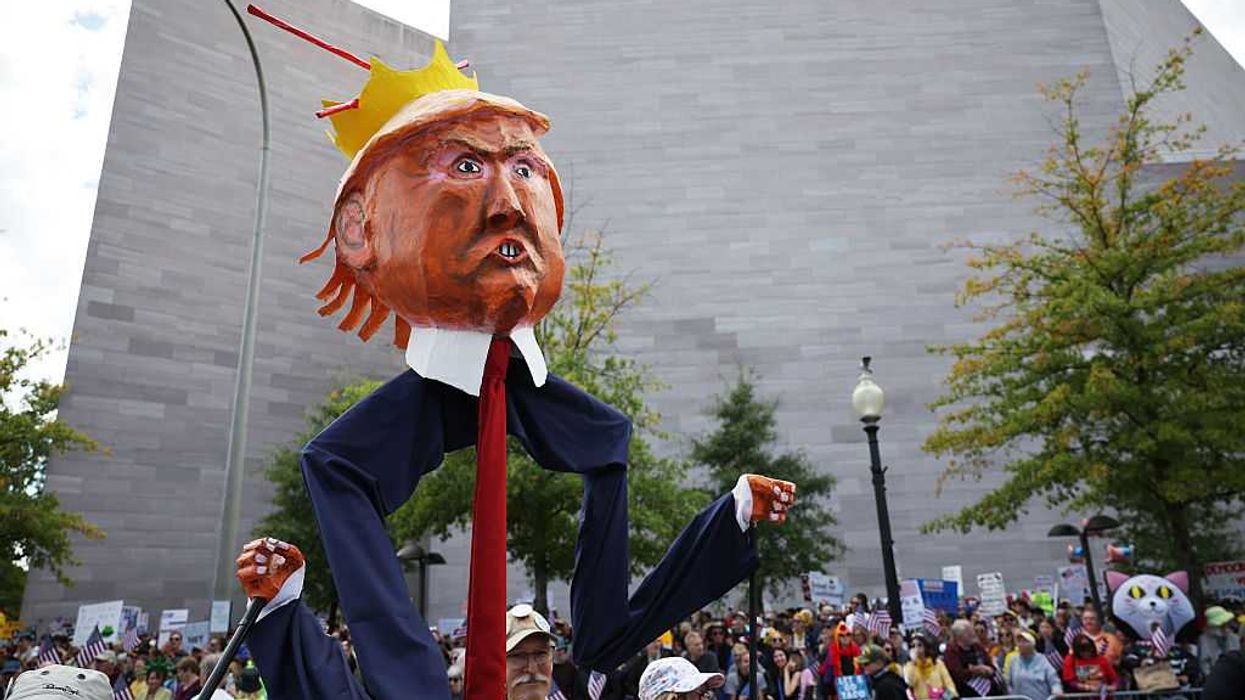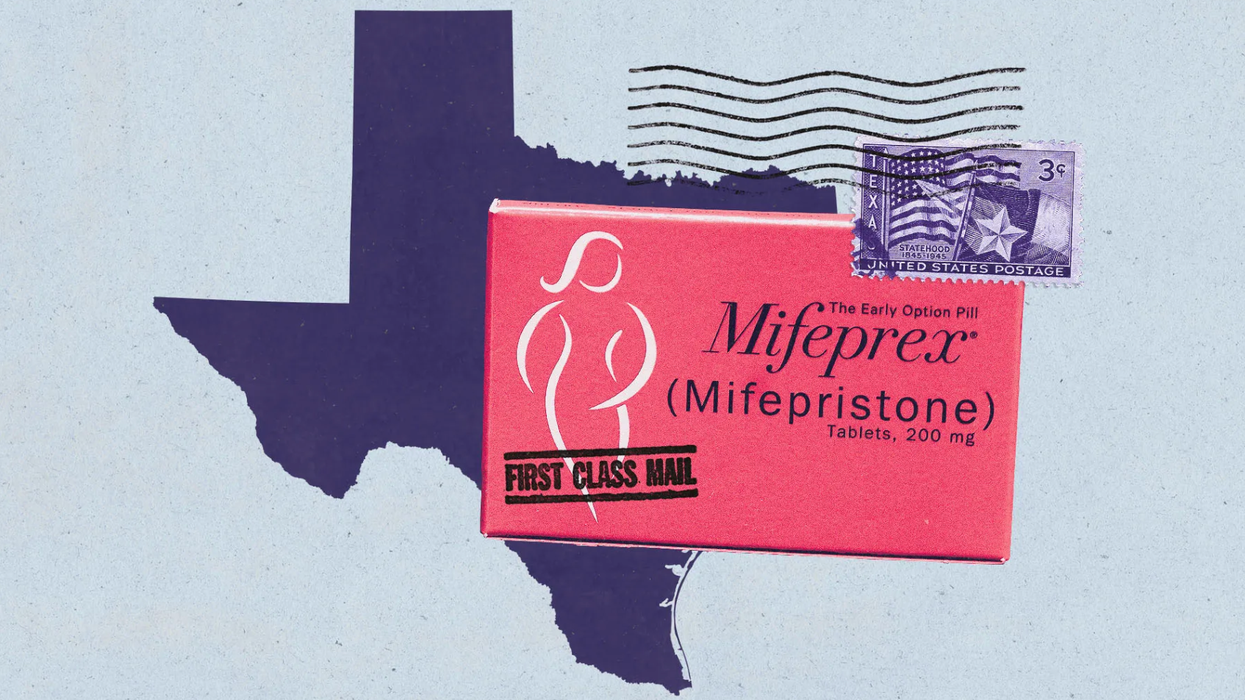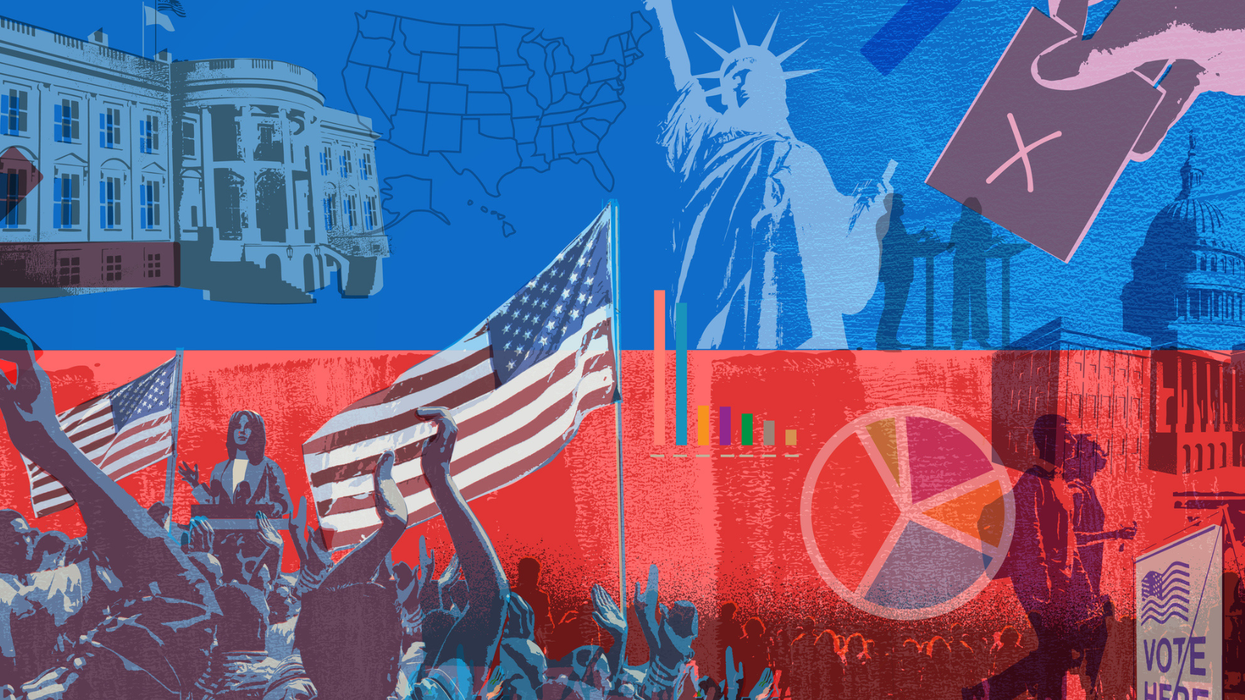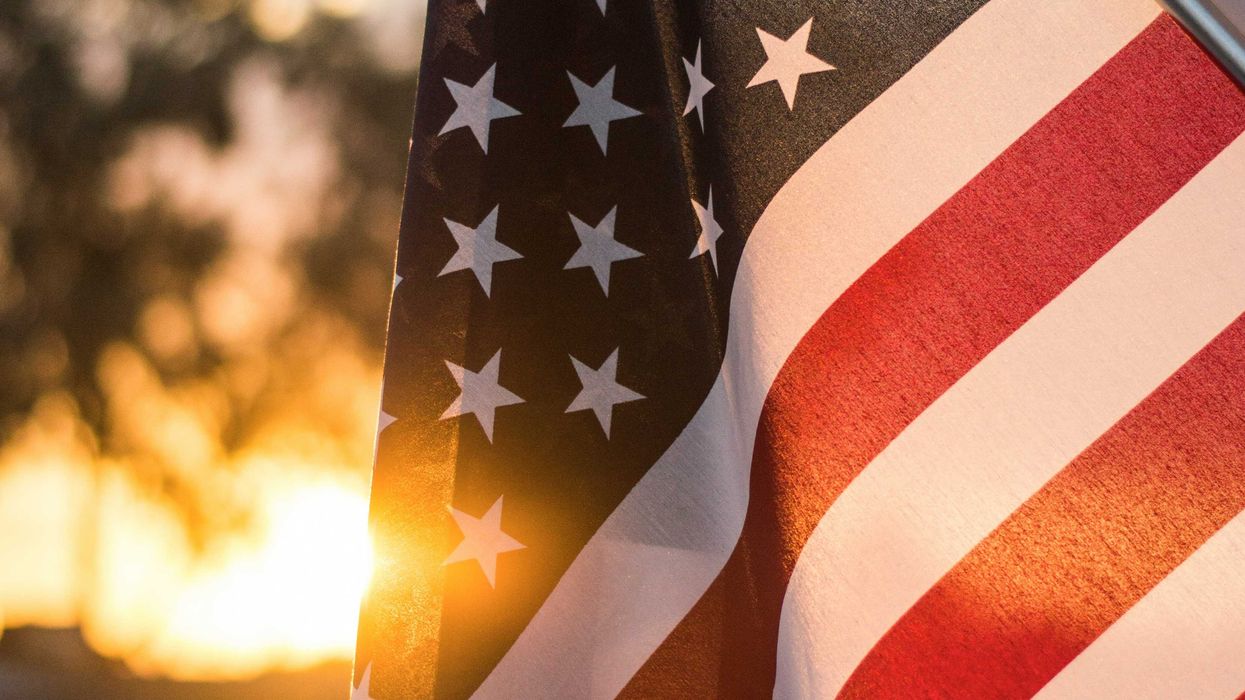This looked to be the year when the effort to bring public financing to campaigns would score its biggest victory to date, a huge boon for those who argue the idea is essential to improving democracy. But that has not happened.
Gov. Andrew Cuomo and his fellow Democrats in charge of the New York Legislature were unable to strike a deal that would have put taxpayer money to work in the fourth largest state's political system. Facing a deadline last weekend, the best they could come up with was creating a blue-ribbon commission to develop a system for matching small-dollar campaign donations with $100 million a year in state money. Those who thought they could ween the political system off big-moneyed interests were disappointed in the outcome.
We shouldn't have punted campaign finance to a commission. We should do it ourselves," Senate Finance Committee Chairwoman Liz Krueger, a Manhattan Democrat, lamented to the Rochester Democrat & Chronicle.
Cuomo was pushing a 6-to-1 dollar match, the same ratio that would be adopted for federal campaigns under the House-passed but dead-on-arrival-in-the-Senate political overhaul bill. But state House leaders balked after the the New York branch of the AFL-CIO came out against the plan.
Instead, the catch-all package passed in the legislative session's waning hours creates a nine- member commission, which has until Dec. 1 to propose a public financing system and decide which candidates are eligible. It will take effect unless the legislature rejects the idea within three weeks.
The commission is also assigned to examine the future of so-called fusion voting, a staple of New York politics, in which candidates can run on multiple political party lines. Prominent progressives, including presidential candidates Sen. Bernie Sanders and Sen. Elizabeth Warren, have defended fusion voting as a way to give power to niche political organizations. But the two major parties revile the practice as a dilution of their power.


















